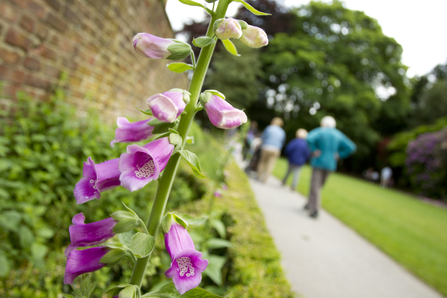On 31 January this year, the Government triumphantly published its Environmental Improvement Plan 2023.
The plan includes some hugely ambitious-sounding aims, from a promise to create or restore 500,000 hectares of wildlife habitat to a ‘multi-million pound’ Species Survival Fund.
When it comes to the environment, we applaud ambition - but for a 262-page document, this plan has a worrying lack of detail and clarity, and you can’t help but feel you are left with more questions than answers.




